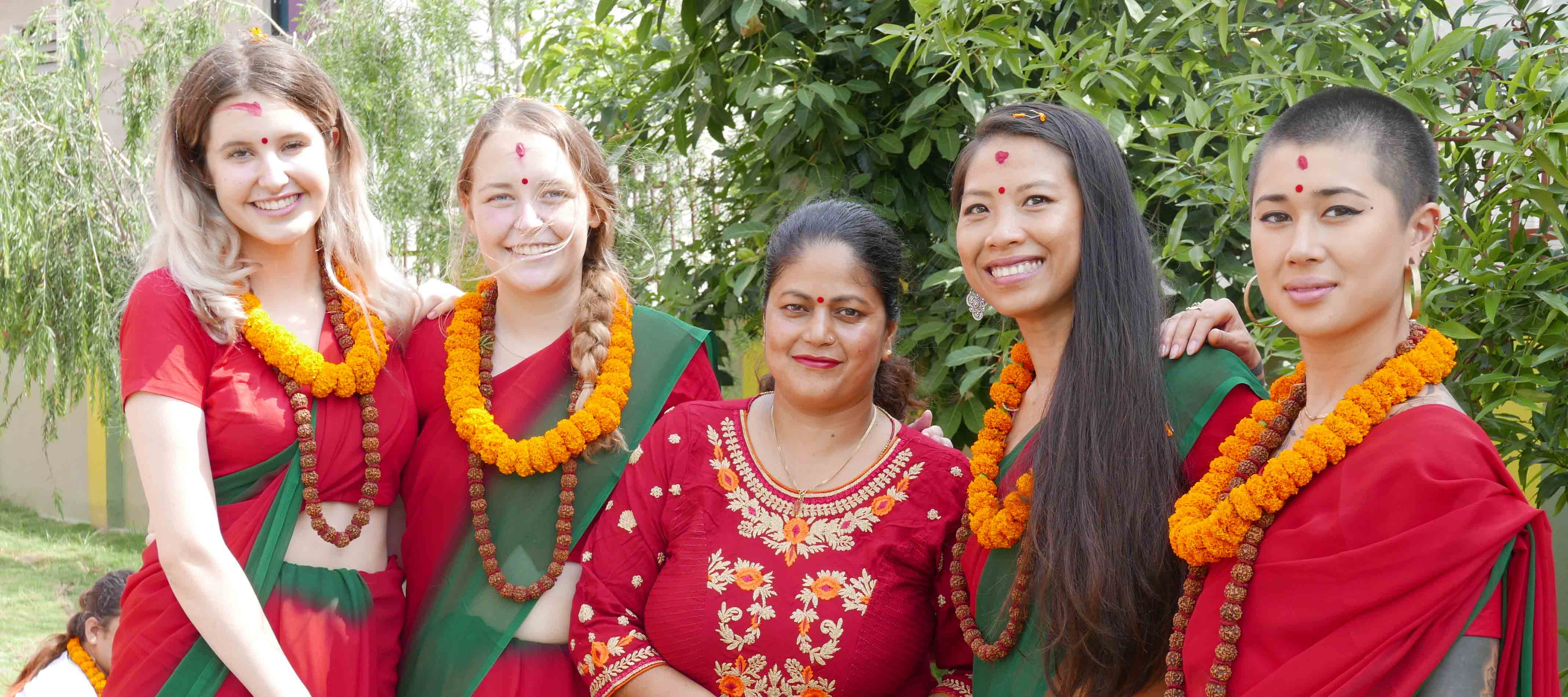
5 Nov 2019 HYN Himalayan Yoga Academy
In the book, ‘Hathayoga Pradipika’, written by Swami Svatmarama in his Chapter II describes-
Cale vaate calam cittam niscale niscalam bhavet
Yogi sthanutvamapnoti tato vayum nirodhayet
In this verse, Shloka narrates the significance of one of the subtle aspects of the human body, the breath (even a subtle being is prana). The meaning of the shloka says- “So long as breathing goes on the mind remains unsteady; when (it) stops, (the mind) becomes still and the Yogi attains complete motionlessness. Hence, one should restrain one’s breath.” Ancient yogis had long ago discovered the power of breath control and its relation to the human mind. They have attributed the cause of the disease to disproportionate/uneven breath. Therefore, arresting (read slowing down) the medium of the vital force is one of the foremost steps to start treating a disease- SBT is a mix of different ways of breathing and chanting, and brings substantial relief to patients in a matter of 30 minutes!

Dr. Sharad Bhalekar, Resident Medical Officer (RMO), Health Centre, Kdham, reveals patients who choose integrated holistic therapy at packages at Kdham are often distressed lot. “And SBTs are an instantaneous remedy to cool down the Parasympathetic nervous system,” he explains. Research, he says, shows that the practice of SBT significantly lowers blood pressure in patients with hypertension, and soothes stress hormones such as adrenalin and cortisol. In patients with insomnia, SBT helps maintain serotonin and melatonin levels. “If practiced regularly, patients can wean off their sleep-inducing medication, claims Dr. Bhalekar.
Here’s The SBT
The SBT is a notch down from the advanced practice of Pranayama, as the former does not involve retention of breath or kumbhaka. Hence, it is one of the safest practices and even applicable to heart patients. “The primary aim of SBTs is relaxation. And relaxation is one of the vital aspects of Yoga Therapy,” narrates Dr Bhalekar.
The SBT comprises of:
1. AUM chanting
2. Bhramari Pranayama
3. Slow and deep inhalation and exhalation
4. Simple Anulom Vilom
Of course, all the above techniques, which are a boon for patients with psychosomatic disorders, have their time and method to perform in a manner prescribed by the yogic texts. In some patients, SBT needs customization.
Reference Source: eliminate-stress-30-minutes
